
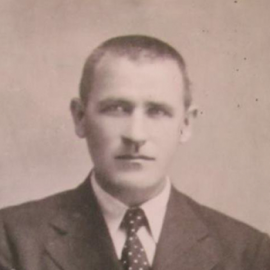
KUTLAN STEPAN
1894 – 1969Аrtist, pedagogue, illustrator
- Biography
- Portfolio of works
- Photo archive
- Bibliography
Biography
He was born in Fanchykovo village of Vynohradiv district in the family of small proprietors. There were two brothers and three sisters in his family. His primary education he received in his native village and pedagogical – in Sighet (Romania). He learned at Hollósy Simon, an outstanding Hungarian painter, organizer and director of the famous "Nadban School". From his young age, along with his brothers Stepan was fond of wrestling (since 1919 it was written in the newspapers). Kutlan brothers were true idols and heroes of sports publications during the 20 years of the last century. It was Kutlan brothers who became the founders of the ju-jitsu sports fight style in Transcarpathia as the basis of judo.
Since 1927 the newspapers were writing less about the sporting activity of Stepan Kutlan, he began to pay more attention to another favourite activity – art. At this time, he was mentioned in the publications as "artist of Tisza". Great influence on the artist had Arnold Böcklin – a representative of the German school of artists, Ivan Solomko – a representative of the Russian school, who in 1910 lived and worked in Paris. Under the influence of Böcklin, Kutlan painted a series of romantic and fantastic paintings "Mermaid On The Rocks", "Golden Forest", "Crow-Thief" and others.
Subsequently, S. Kutlan took first place in the contest of young talents in Prague, received a prize – a trip to Paris to the art academy "Zhulien". It was written about in the newspaper: "Istvan Kutlan, a young, energetic and talented artist from Pidkarpatska Rus, was sent to study in Paris. He is the first artist to be awarded by the "School Reference Officer of the Civil Administration of Pidkarpatska Rus" with such a great prize to study in France, visit museums and exhibitions." After that, the artist returned home and in a short time (he was 30 years old) his two-story house in Fanchykovo village turned into art area: such prominent masters of European painting as Gyula Rudnay, Peter Siule, Nandor Kotono, Janos Tormo, Herman Lypot, Beila Ivani-Grunwald came here for the unplanned artistic plein airs and debates. Together with the artists there were actors, writers, poets, well-known in Hungary at that time...
The works of the artist appeared at numerous exhibitions. He was written about a lot – both then and after, analysing his creativity. "Somewhat naive, but candid and objective portraits of Kutlan of genre style, which based on the expressiveness of pose and gesture, and, as once A. Kotska said about the feature of portrait mastery, “on the eloquent look.” To tell the true, drawing and modelling of the form by Kutlan are sometimes changing and approximate, and painting lacks richness and wide gradation of shades. But, this is somewhat offset by the energetic manner of painting, bold combination of colours, decorative contrasts of colour. The landscape captures with the powerful plasticity of the texture", in such a way an art critic, member of the Union of Artists of Ukraine Olena Cherneha-Balla wrote about the works of S. Kutlan.
Among the artist’s masterpieces there are paintings, iconography, landscapes and interiors, still lifes and graphics. In any genre, he demonstrates high professionalism and art style of performance. A talented artist worked in two ways – with palette knife and brush. Part of the paintings was created on plywood, but often – in sackcloth. In the late 40s of the twentieth century the etude of the artist "Water Mill In The Carpathians" was purchased to the collection of the Tretyakov Gallery.
In 1925, the artist illustrated the Rusyn book "Zarnytsia". Later, in 1937, he designed the Romanian alphabet "Luchefarul", in 1945 – Hungarian small ABC-books.
The author of personal exhibitions since 1923. S. Kutlan's paintings were exhibited in the Tretyakov Gallery in Moscow, as well as in Kyiv and Odesa, Prague and Paris.
Portfolio of works
© KUTLAN STEPAN
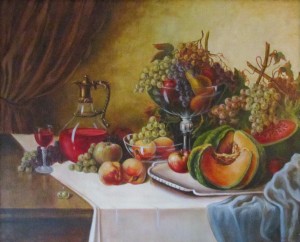
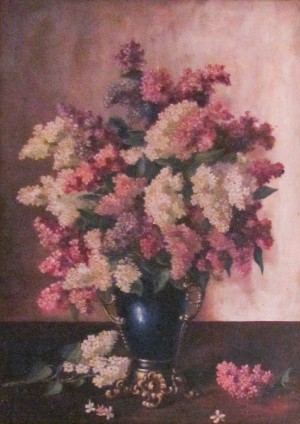
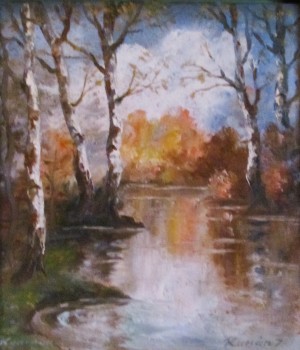
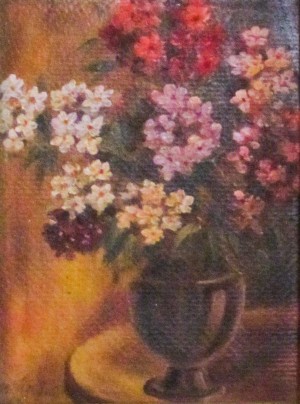
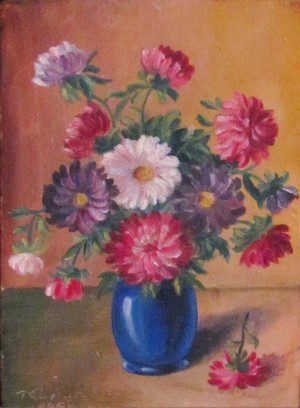
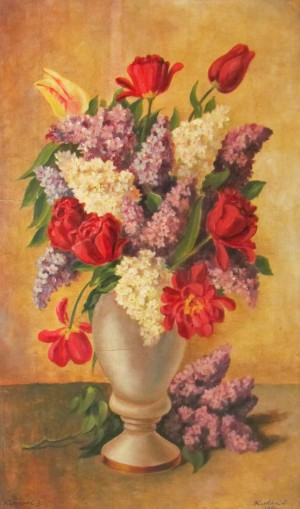
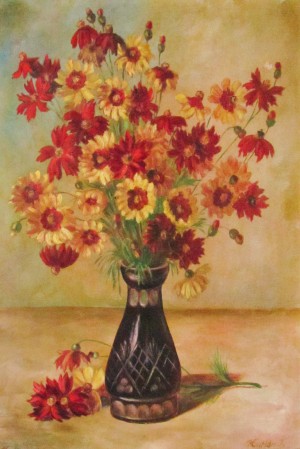
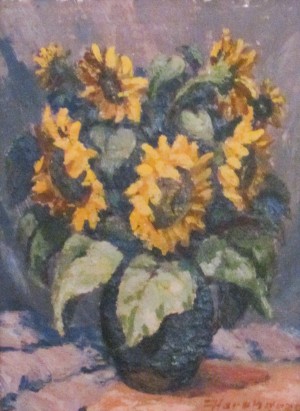
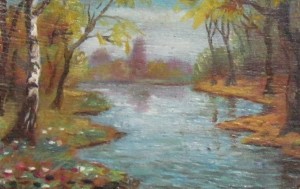
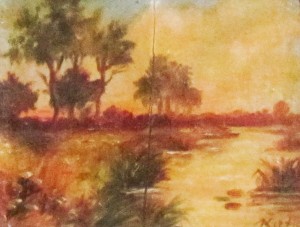
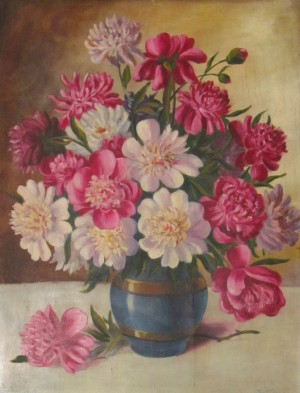
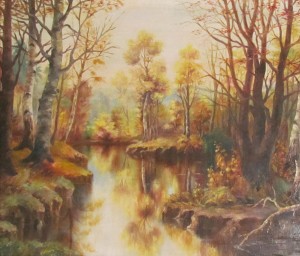
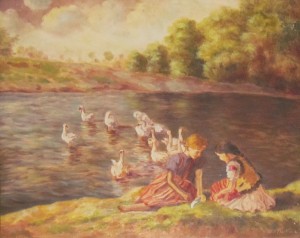
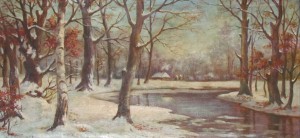
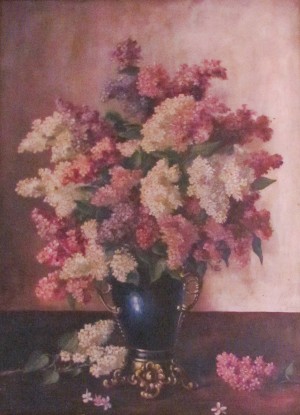
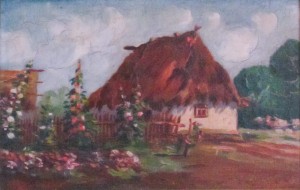
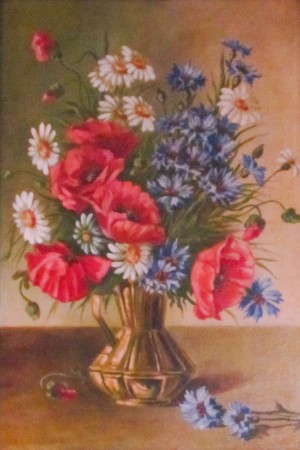
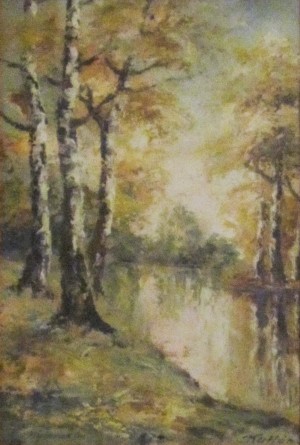
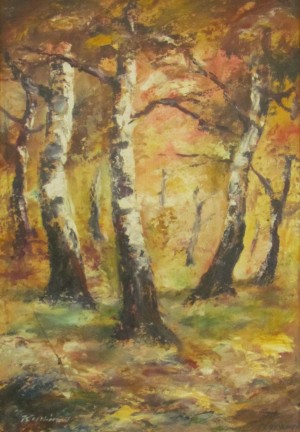
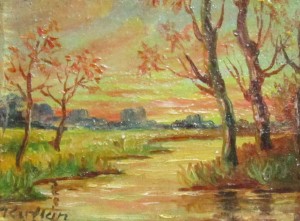
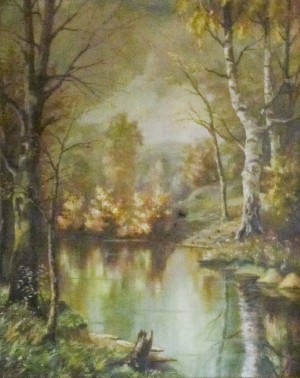
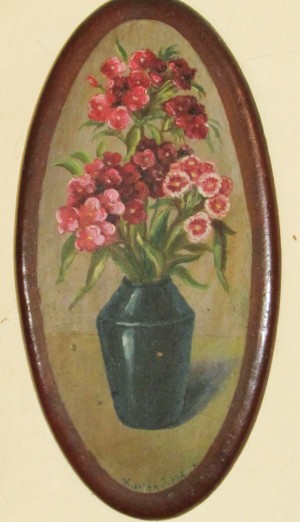
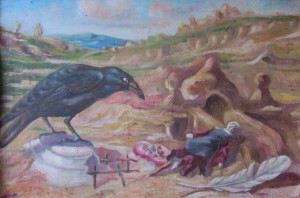
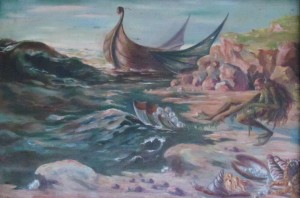
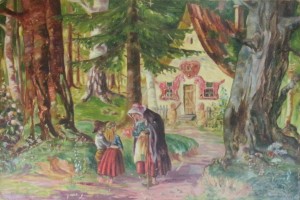
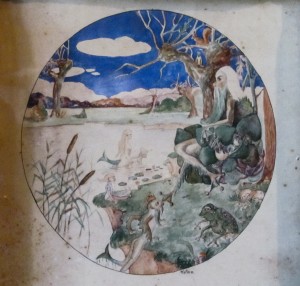
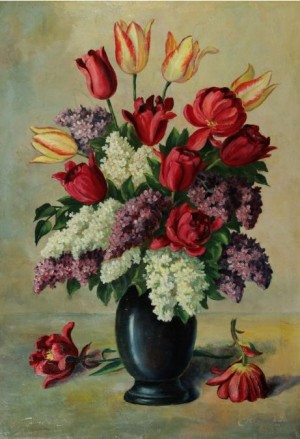
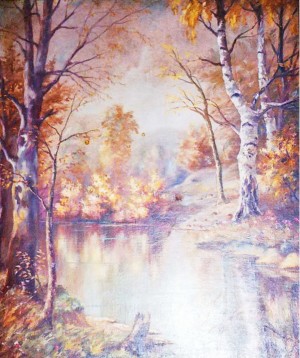
© KUTLAN STEPAN
Matching content source: photos of the art works are taken from public sources (list)
Photo archive
Sorry, we did not find anything
Bibliography
Статті в газетах і журналах
Чернега-Балла О. Повернення із забуття художника, чиї картини в Третяковці // Закарпатська правда. – 1991. – 26 квітня. – С. 3.
(Про художника)
Савинець М. Від Фанчикова – до Парижа // Закарпатська правда. – 1994. – 17 травня. – С. 3.
(100 років з дня народження художника)
Гудак Е. «Забутий Геракл» [про худож. С. Кутлан] // Новини Виноградівщини. – 1995. – 28 жовтня. – С. 3.
(Про художника)
Публікації в Інтернет-ЗМІ
Кутлан Степан // Закарпатська обласна універсальна наукова бібліотека
ім. Ф.Потушняка. – http://www.biblioteka.uz.ua/painters/show_avtor.php?id=272
Степан Кутлан // Виноградівська міська бібліотека. – http://vlibrarymk.blogspot.com/2014/01/blog-post.html
Степан Кутлан // Biblioteka-katyusa.blogspot.com. – http://biblioteka-katyusa.blogspot.com/2015/04/blog-post_20.html
Гудак Е. Кутлан Іштван // Енциклопедія Сучасної України. – http://esu.com.ua/search_articles.php?id=52170
На закарпатській Виноградівщині відкрилася виставка художника Павла Кутлана // Zakarpattya.net.ua. – 2011. – 27 травня. – http://zakarpattya.net.ua/News/83343-Na-zakarpatskii-Vynohradivshchyni-vidkrylasia-vystavka-khudozhnyka-Pavla-Kutlana-FOTO
Matching content source of the published art works:
http://www.biblioteka.uz.ua
http://vlibrarymk.blogspot.com
http://esu.com.ua
http://zakarpattya.net.ua
http://www.mukachevo.net/ua
- Biography
- Portfolio of works
- Photo archive
- Bibliography
